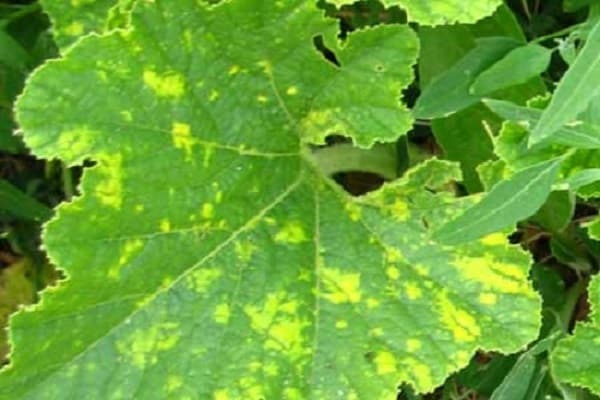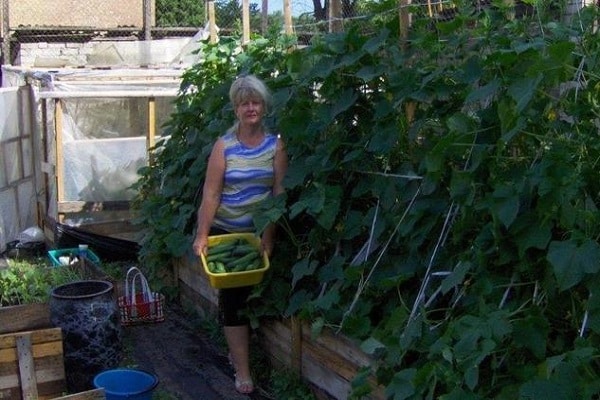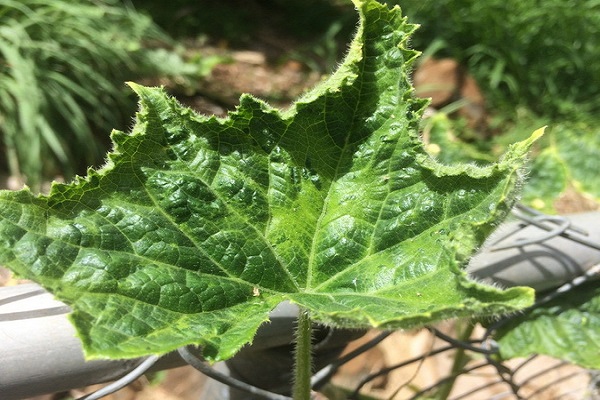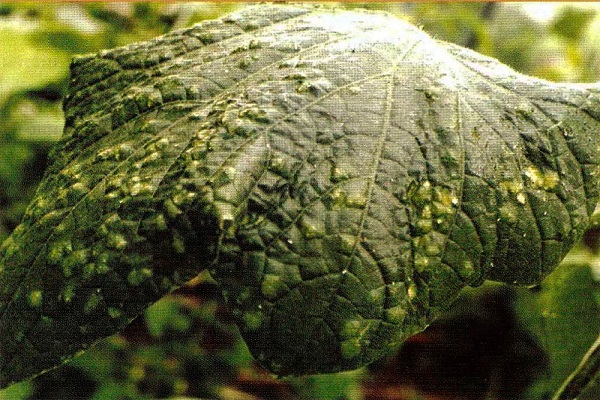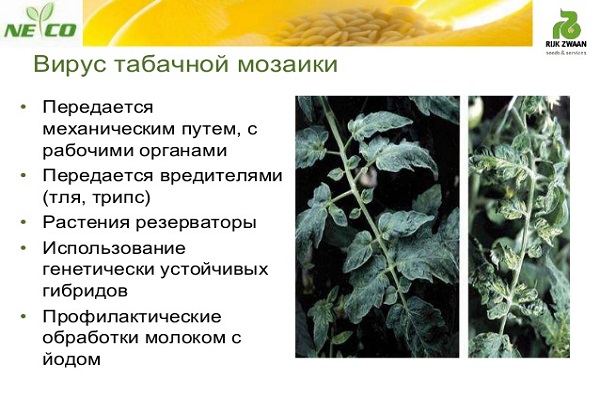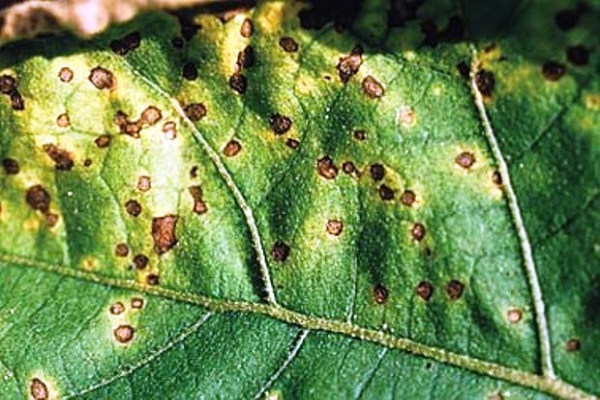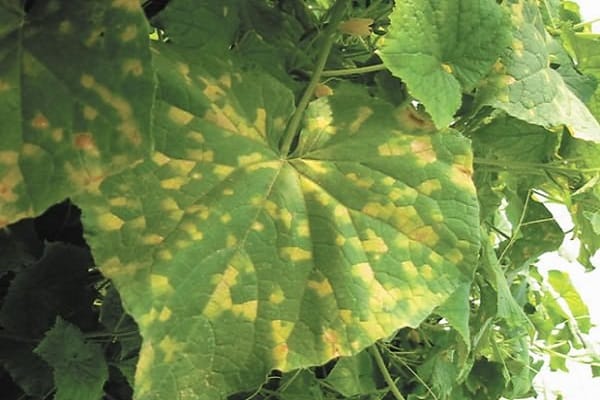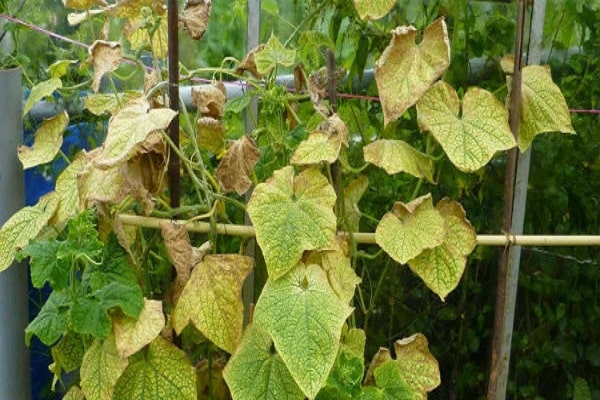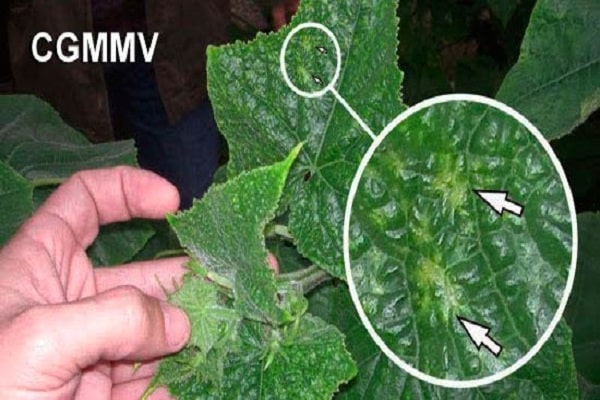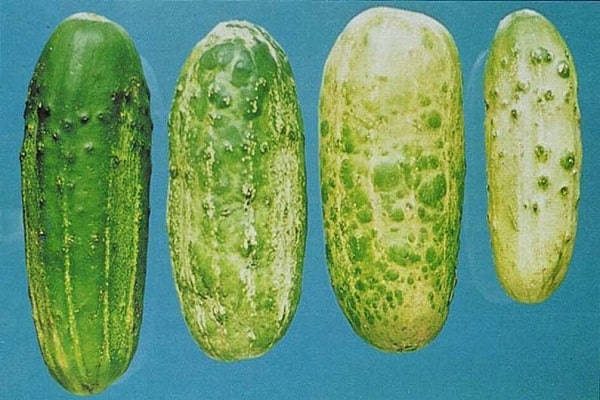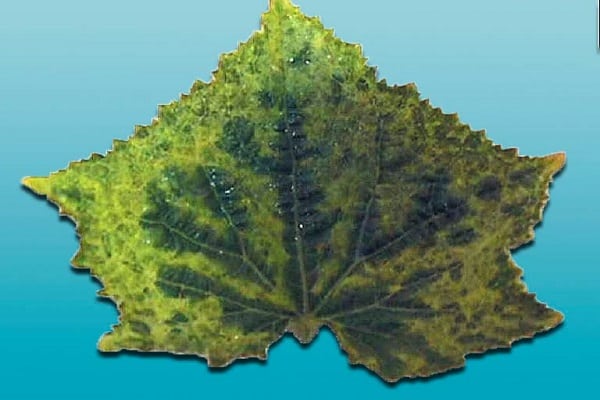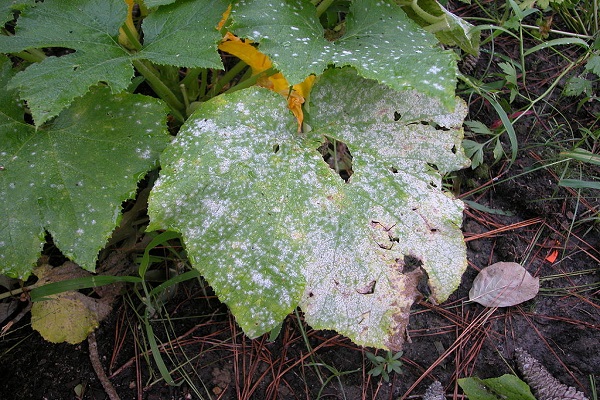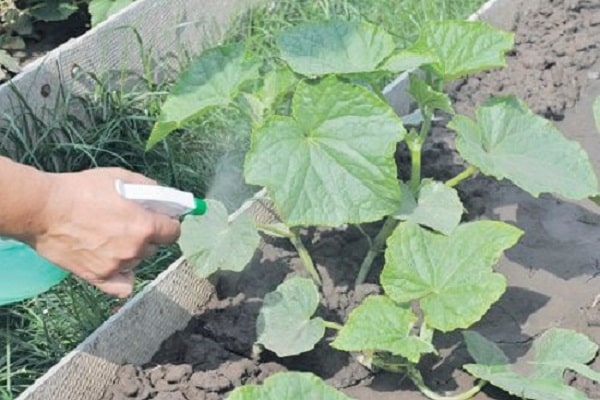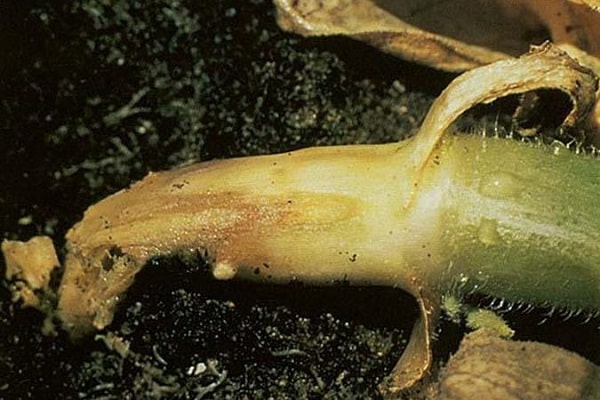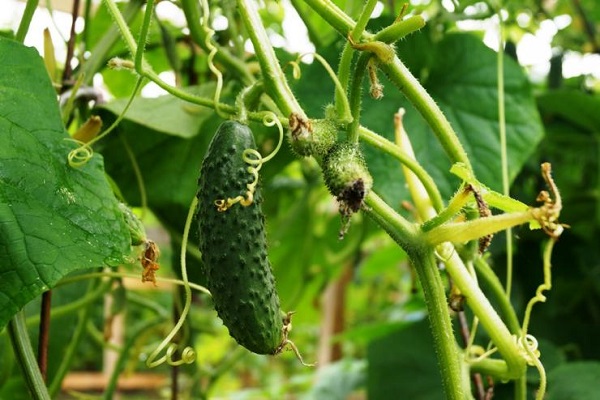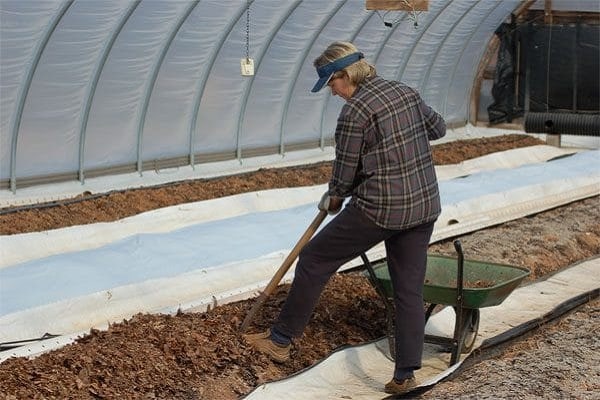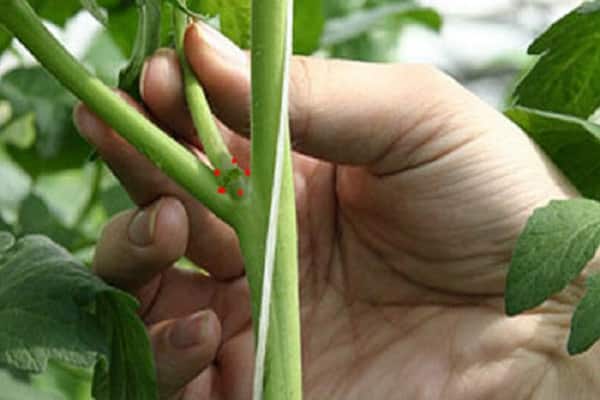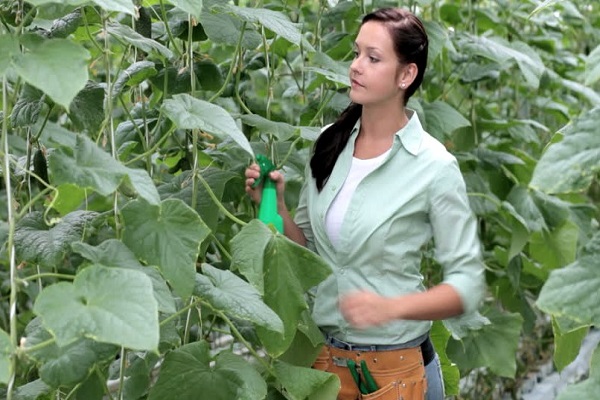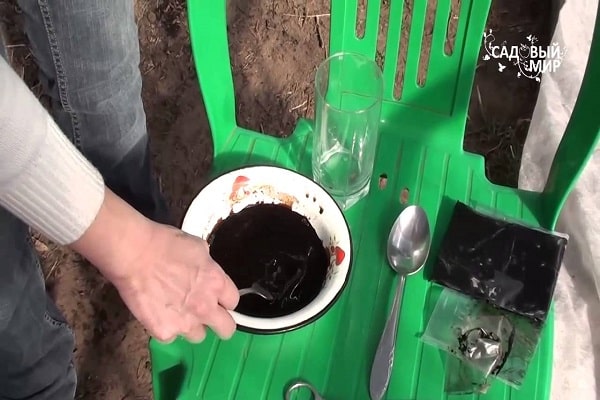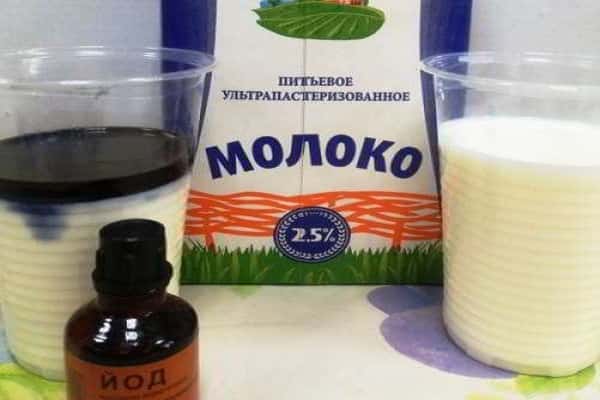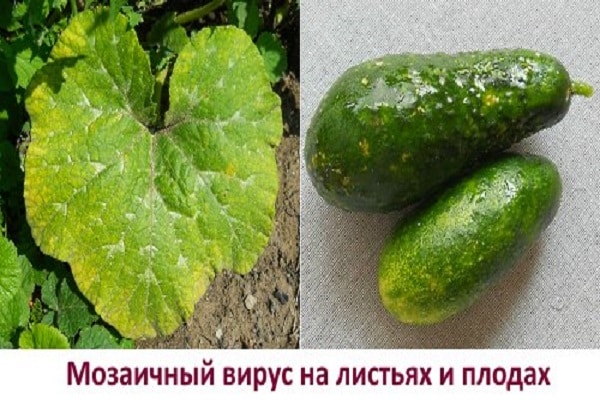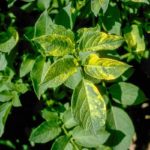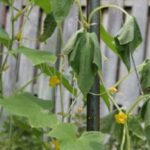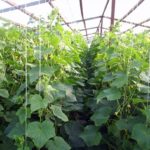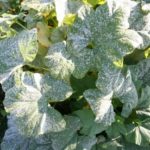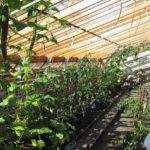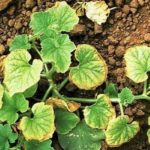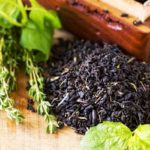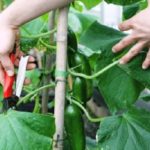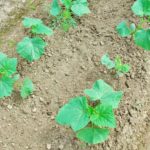It's a shame to lose a harvest due to unexpected diseases. Cucumber mosaic destroys entire plants (in case of severe infection) or stops the formation of ovaries. Gardeners are waiting for fruits, but there are none. They plant new seedlings: everything repeats itself.
Why is this happening? The necessary measures have not been taken, time has been lost. The summer resident should familiarize himself with the signs of the disease. Knowing the enemy by sight is half victory.
What kind of disease is this
The reason for the failure is the cucumber mosaic virus. An inexperienced gardener misses the onset of plant damage. The infection may already be present in the dacha area.A combination of several factors is required to motivate it.
Conditions for the development of the disease
The virus requires favorable conditions to activate. It starts working when:
- sudden changes in temperature;
- warming above 25 ⁰С;
- cold night.
A dormant virus awakens. The disease affects cucumbers. The infection is spread by:
- weeds;
- contaminated soil;
- dirty gardening equipment and gloves;
- seeds of a diseased plant (using your own material);
- aphids and sap-sucking insects;
- wind carrying the remains of diseased plants.
Timely disposal of cucumber vines, leaves, disinfection of soil and equipment will help reduce the risk of infection.
Plant leaves should be inspected regularly. There are several types of mosaics. A common feature: greenhouse plantings get sick, cucumbers in open ground are sometimes damaged.
Tobacco mosaic
This virus (TMV) is the most common. It affects nightshades and rarely cucumbers. It is easy to recognize the threat: you should carefully examine the plants. Signs:
- beige stains appear on the leaves of cucumbers;
- the green parts become blistered;
- the plates dry out and die;
- the fruits become ugly and change color.
The ovaries fall off. The number of fruits decreases. TMV lives in the ground for 5 years. Before opening, completely destroy tobacco plantations. Today, a gardener can protect cucumber beds.
The insidious CMV virus
CMV causes the disease common mosaic. Affects young greenhouse plants. It is easy to determine the onset based on the symptoms. The condition of the leaves should be assessed:
- the plates become marble in places;
- the color of the affected leaf successively changes to light green, dark green, yellowish;
- the edges roll down;
- the distance between the plates decreases;
- leaves become smaller;
- the plant slows down;
- the ovaries fall off;
- the plant stem cracks lengthwise (in severe cases).
The lesion has a mosaic structure. The scale of the disease depends on the resistance of the variety or hybrid, climatic conditions (humidity and temperature in the greenhouse), and the degree of neglect. There is no treatment for mosaic on cucumbers. The gardener should prevent infection when planting.
English misfortune
The disease is caused by the CGMMT virus. This enemy is capable of destroying half the crop. Green mosaic affects young and old bushes. Plants in open ground are rarely affected. Signs of infection:
- the leaf color remains green in the first days;
- the shape and texture of the plate changes (tubercles form);
- light veins appear;
- plant growth is inhibited;
- fruits change taste (become bitter);
- cucumbers become shortened and covered with spots;
- seeds do not develop.
The disease will manifest itself a month after planting young cucumbers. Prevention and compliance with the rules of care will help to avoid plant diseases. Biologists call the green mosaic English.
Concomitant disease
Often, at the same time as green, there is a white mosaic on cucumbers. It is caused by the CV2A virus. It is activated in hot greenhouses and dense plantings. Signs of the disease:
- blurry white-yellow spots appear in the area of the veins;
- then they merge and change color to white-green;
- the leaf blade becomes white or yellow;
- plant development stops.
The virus persists in plant debris, soil, and seeds. The resistance of seedlings to damage increases if the growing rules are followed.
How to fight a formidable enemy
Viral infections of cucumbers should not be treated with chemicals. When the first symptoms of the disease appear, you need to:
- remove the affected plant entirely or just a leaf;
- reduce the temperature in the greenhouse < 30 ⁰С;
- increase humidity (place containers with water, spray paths);
- disinfect the instrument;
- sprinkle the soil with ash or water with a light pink solution of manganese;
- remove weeds around.
Additionally, you should inspect the area and eliminate anthills. This will stop the spread of aphids. It transmits the infection to healthy plants. Some gardeners remove the soil along with the affected bush. It is replaced with healthy soil. Sick plants should be burned.
It should be remembered: the English mosaic virus is resistant to changes in external conditions. It remains survivable when the temperature rises to 90 ⁰C, freezing, drying.
Restoring favorable conditions in the greenhouse will slow the spread of the disease. To consolidate the result, you need to treat the plantings with serum (1 part to 10 parts water).
Prevention of infection development
A competent gardener knows: it is easier to prevent them than to treat them later. To preserve the cucumber harvest and save your own time and effort, you need to follow simple advice from agronomists:
- Monitor the condition of the soil in the greenhouse. Remove dead parts of plants. They accumulate the virus.
- Mosaic is a disease of cucumbers, but the virus overwinters well on the roots of harmful plants. Weeds need to be pulled out regularly. The infection nests in the underground part of thistle, wheatgrass, and woodlice.
- Plant plants according to the norm (the seed manufacturer indicates the diagram on the bag). Remove side shoots (if the type of fruiting on side shoots is not indicated).
- Apply fertilizing as recommended by the manufacturer. Do not overuse fresh organic matter (nitrogen).
- Cucumbers do not tolerate drafts. To cool the air in the heat, you should whitewash the greenhouse or cover the plantings with white non-woven material.
- Avoid sudden changes in daily temperatures. To do this, it is enough to place several basins of water in the greenhouse. During the day, the liquid cools the air, at night it warms it.
- Monitor air humidity. Basins of water and spraying of paths will help.
- Observe the rules for the circulation of vegetable crops. Cucumbers, zucchini, pumpkins, watermelons are bad predecessors for cucumbers. Nightshades (tomatoes, peppers), cruciferous vegetables (radishes, turnips), legumes (peas, beans) are good.
- Regularly green the soil. Planting oats, rye, vetch, and mustard will improve the health of the top layer of soil. Seedlings must be embedded in the ground when digging.
- Inspect the area in the spring. Destroy the discovered anthills: the ants resettle the aphids. Blood-sucking insects carry the virus.
- Spray the plants with a solution of green soap against aphids. An infusion of garlic helps well (pour 1 grated clove with a glass of boiling water, leave, dilute with 2 liters of water).
- Factory seeds do not require processing. You must warm up your own for 3 days at a temperature of 50 ⁰C (or a day at 60 ⁰C).
- Hygiene is also needed in the garden. Wipe the instrument regularly with vodka, alcohol, and red manganese solution. Wash gardening gloves frequently.
- Plant only healthy seedlings. Twisted stems and unusual leaves are suspicious. Such seedlings are discarded. Destroy diseased plants immediately. Disinfect the soil with a solution of copper sulfate or heat it over fire.
- Planting melons and melons should not be placed next to the greenhouse. During pollination, insects can transfer infected pollen to healthy plants.
- Cucumbers rejoice in the addition of compost.Only fully mature organic matter (3 years old) should be applied to the beds.
The most important thing: choose virus-resistant varieties and hybrids. The seed manufacturer must provide information about this on the label.
Gardeners treated the plantings at the initial stage of the mosaic with a disinfectant solution: stir 1 liter of whey in 10 liters of water, add 15 drops of iodine. Cucumbers were sprayed leaf by leaf. The spread of the disease stopped. But it was not possible to save the affected plants.
Mosaic is a terrible disease. In a few days it leads to crop loss. There is no 100% method of getting rid of adversity. To protect cucumbers, gardeners should carry out simple prevention.

